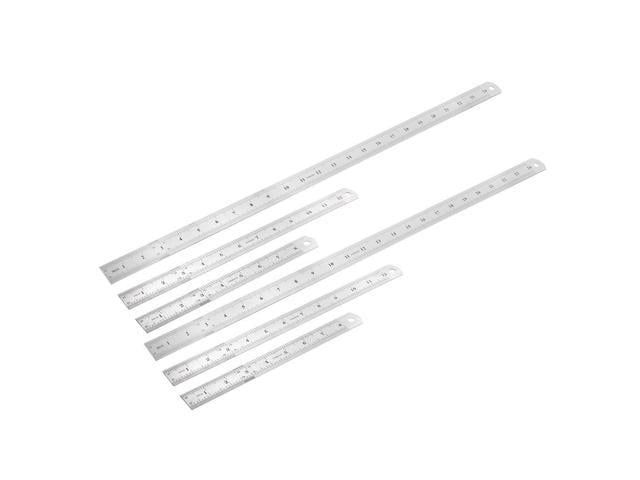Excerpt from Adaptative Coloration in Animals
Cases in which an unusual resting position is adopted provide beautiful evidence of his contentions. Counter-shading is reversed in fish which swim upside-down and caterpillars which rest inverted. Bark-haunting moths have their markings running parallel with the vertical cracks of the bark, whether they rest with body vertical or horizontal, with wings folded or expanded.
The correlation Of behaviour and markings, indeed, as Poulton long ago pointed out, is one of the strongest supports for theories of adaptive coloration. Even if it were possible for a case-hardened sceptic to dismiss as accidental such isolated facts as the co-existence, In various stingless insects, of a resemblance to bees or wasps on the one hand and on the other of motions simulating stinging, and even of the protrusion of an imitation sting, the enormous array of less spectacular but equally significant correlations provided by Dr. Cott is overwhelming.
Dr. Cott is a true follower of Darwin in driving his conclusions home by sheer weight Of examples. Faced with his long lists of demonstrative cases, the reader is tempted to wonder why adaptive theories of coloration have been singled out for attack by anti-selectionists. Asdr. Cott observes, physiologists and geneticists do not deny that wings exhibit characters which make them suitable as mechanisms for flying, or that legs, beaks and teeth are adaptively correlated with mode of life.
About the Publisher
Forgotten Books publishes hundreds of thousands of rare and classic books. Find more at www.forgottenbooks.com
This book is a reproduction of an important historical work. Forgotten Books uses state-of-the-art technology to digitally reconstruct the work, preserving the original format whilst repairing imperfections present in the aged copy. In rare cases, an imperfection in the original, such as a blemish or missing page, may be replicated in our edition. We do, however, repair the vast majority of imperfections successfully; any imperfections that remain are intentionally left to preserve the state of such historical works.












![The Tenth Prism [Full Color] (English Edition): Volume 7](https://avmedia.ams3.cdn.digitaloceanspaces.com/a/1a/a1abc263-3b52-481e-bd62-8ed170dd1204.webp)


